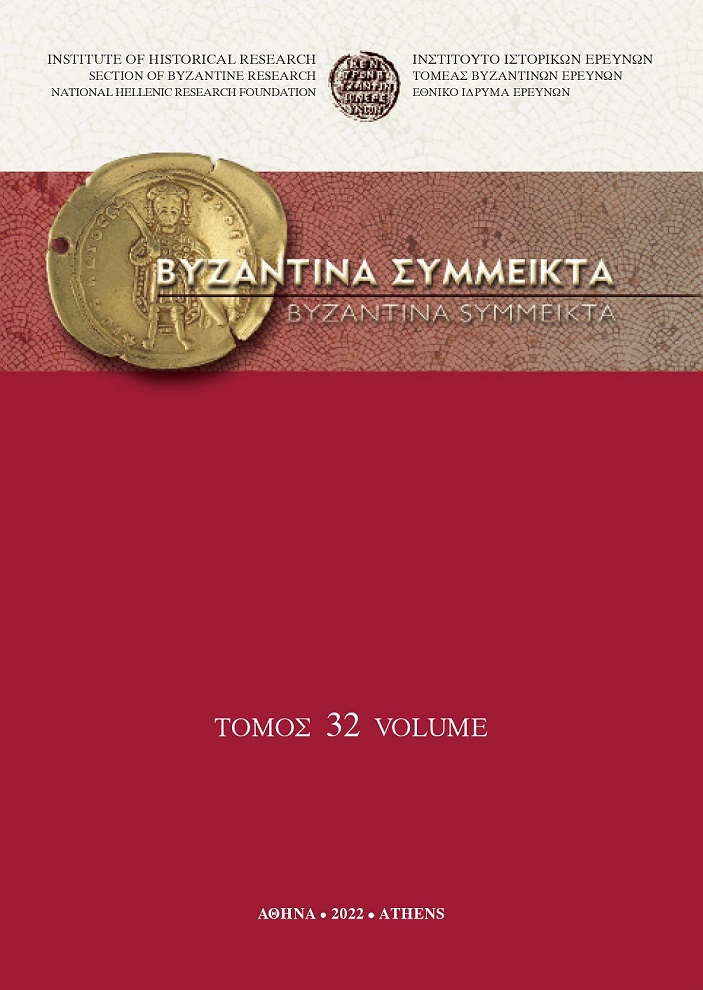Religious Hatred and Byzantine Ideology before the Crusades

Abstract
Religious hatred has a long and painful history. It was conceptualized, defined and employed in various ways and for various ends throughout history. The present article focuses on the religious hatred and the roles that it played in Byzantium. It proposes a comparative approach to analyze expressions of religious hatred in Byzantine texts. The article does not analyze religious hatred as the actual hatred that a Christian might feel for his Jewish neighbor because he is Jewish, or vice-versa, but the way it appears in texts as a literary and rhetorical construction. What could be termed “Byzantine typology of religious hatred” as it presented and constructed in different types of texts by different authors will reveal the construction of a Byzantine perspective to mark political enemies as religious adversaries and vice versa. The question is to what end. This article proposes to look more closely into the way religious hatred served as a tool in the construction of Byzantine public opinion, a means for the Byzantines to perceive their polity and themselves as righteous.
Article Details
- How to Cite
-
ROTMAN, Y. (2022). Religious Hatred and Byzantine Ideology before the Crusades. Byzantina Symmeikta, 32, 201–228. https://doi.org/10.12681/byzsym.25678
- Issue
- ΒΥΖΑΝΤΙΝΑ SΥΜΜΕΙΚΤΑ 32
- Section
- Articles

This work is licensed under a Creative Commons Attribution-NonCommercial-ShareAlike 4.0 International License.
Copyright: The copyright for articles in this journal is retained by the author(s), with first publication rights granted to the journal. By virtue of their appearance in this open access journal, articles are free to use (with the exception of the non-granted right to make derivative works) with proper attribution for non-commercial uses (licence Creative Commons 4.0). NHRF retains the worldwide right to reproduce, display, distribute, and use articles published in BYZANTINA SYMMEIKTA in all formats and media, either separately or as part of collective works for the full term of copyright. This includes but is not limited to the right to publish articles in an issue of the Journal, copy and distribute individual reprints of the articles, authorize reproduction of articles in their entirety in another NHRF publication, and authorize reproduction and distribution of articles or abstracts thereof by means of computerized retrieval systems.


